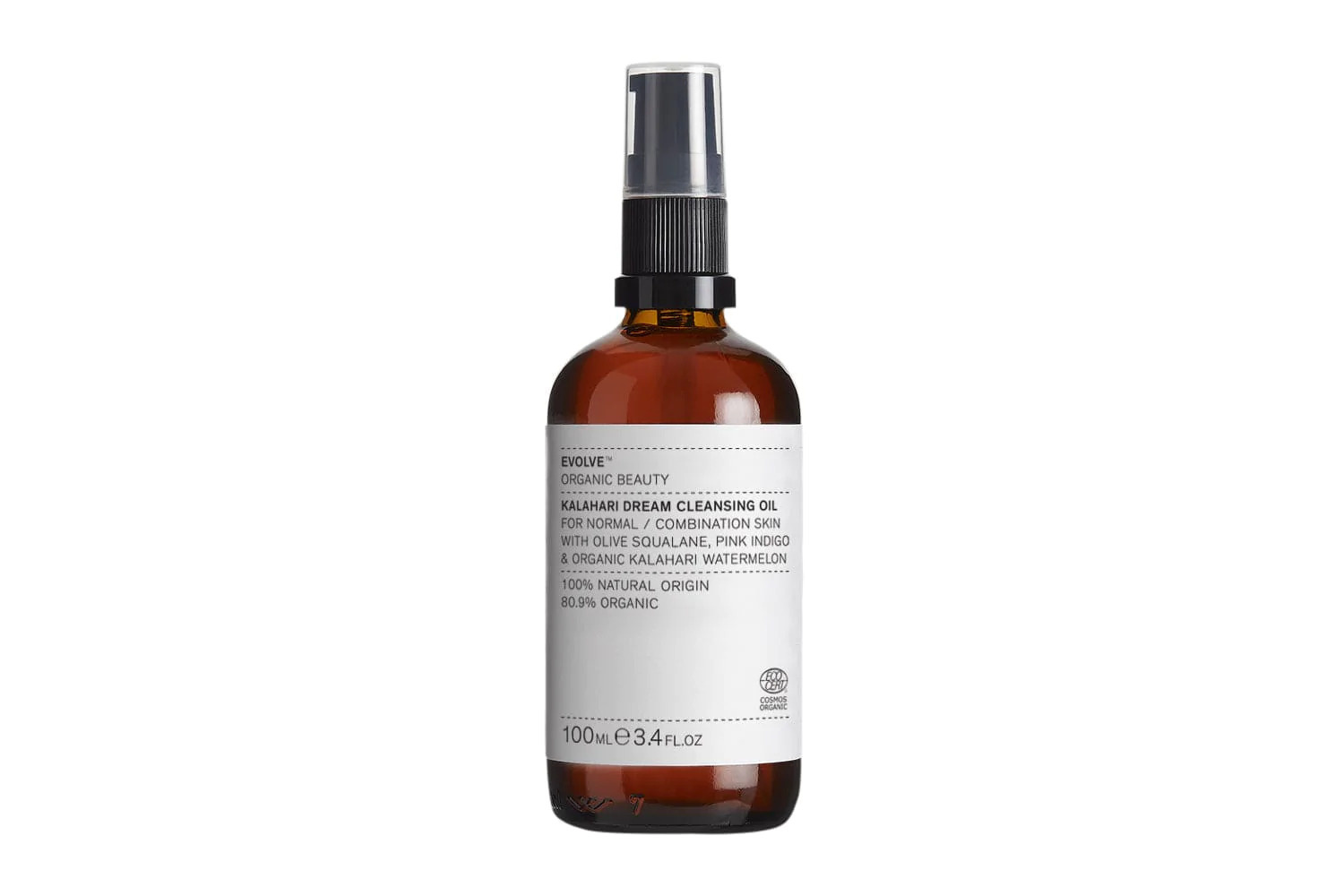

After this is done, the podiatrist may also proceed to use a sander for your dry cracks.
FOOT PEELER CREAM SKIN
The debridement process may take anywhere from 15 minutes to an hour, depending on how severe the condition of hard skin may be on your feet. It is crucial that you do not attempt any kind of debridement at home with home tools like blades or scissors, as you risk removing healthy skin, which may lead to major pain and infection. This is known as debridement, or the cutting away of thick and hard skin from the feet. Shoes and socks should be removed, and the podiatrist will use a metal scalpel to begin removing the initial layers of hard or dead skin from the bottom of the feet.

Depending on the clinic, the patient may also be asked to wear a cotton face mouth mask as well as covering over their clothes. Once assessment is done, you will be asked to sit or lie down in the treatment room.


FOOT PEELER CREAM CRACKED
This will help them give you the best aftercare treatment and advice beyond the cracked heel removal, preventing the reoccurring development of cracks on your heels. The podiatrist will seek to understand exactly what conditions in your lifestyle contribute most to the development of cracked heels. The patient experience of removing cracked heels with a podiatrist begins with an initial assessment. Removing Cracked Heels with a Podiatrist: The Process It involves the use of a metal scalpel to pick away the hard skin, followed by a sander to scrape away the rest. The treatment process itself lasts anywhere from 30 minutes to two hours, depending on the severity of the cracked heels. This helps them recommend the best aftercare and advice after the treatment to keep the feet healthy and allow for optimal recovery. So how exactly do podiatrists go about removing cracked heels? The podiatry experience begins with an assessment the podiatrist discusses the cracked heel issue with the patient, getting a clear idea of what might be causing the development of cracked heels.
FOOT PEELER CREAM PROFESSIONAL
In cases like these, you need to ditch the home pumice stone and call in the professional hands of a podiatrist to remove the cracks on your heels. And while these home remedies might work great for mild conditions of cracked heels, or cracked heels that are just beginning to develop, they do nothing for cracked heels that have settled in for years. Water, Cetyl Alcohol, Glycerin, Cetesryl Octanoate, Isopropyl Myristate, Mineral Oil, Polyethylene, Silica, Alcohol, Gryceryl Stearate, Dimethicone, Imidazolidinyl Urea, Peppermint (Mentha Piperita) Oil, Sodium Benzoate, Hippophae Rhamnoides Fruit Oil, Shea Butter (Butyrospermum Parkii)Fruit, Tocopheryl Acetate, Tea Tree (Melaleuca Alternifolia)Oil, Lavender (Lavandula Angustifolia)Oil, Olive (Olea Europaea) oil, Dead Sea Salt (Maris Sal), Peach (Prunus Persica)Seed Powder, Retinyl Palmitate, Fragrance, Hydroxyisohexyl 3-Cyclohexene, Carboxaldehyde, Butylphenyl Methylpropional, Alpha-Isomethyl Ionone, Linalool, Geraniol, Hydroxycitronellal, Benzyl Salicylate, Citronellol.There are plenty of articles describing home remedies that anyone can try out for their cracked feet – pumice stone treatment, lotions, and soaking them in water every morning and night. It is recommended to use the cream a minimum of twice a week. To use, massage into the skin for two minutes and rinse well. Enriched with Dead Sea minerals to heal and repair, aloe vera to sooth, lavender oil to relieve dry skin, tea tree oil to disinfect, olive oil and shea butter to moisturize the dry skin, mint oil to help refresh the skin, sea buckthorn oil for radiant skin, vitamin A and E for its anti-aging benefit and apricot seed for dry skin. It is recommended for use on the elbows, knees and for hands. This excellent feet peeling cream will cleanse and nourish and remove dead skin cells, thus giving your skin the pampering, relaxation and regeneration that it needs. The skin on the bottom of your feet can become coarse and dry and is often overlooked when it comes to beauty care.


 0 kommentar(er)
0 kommentar(er)
